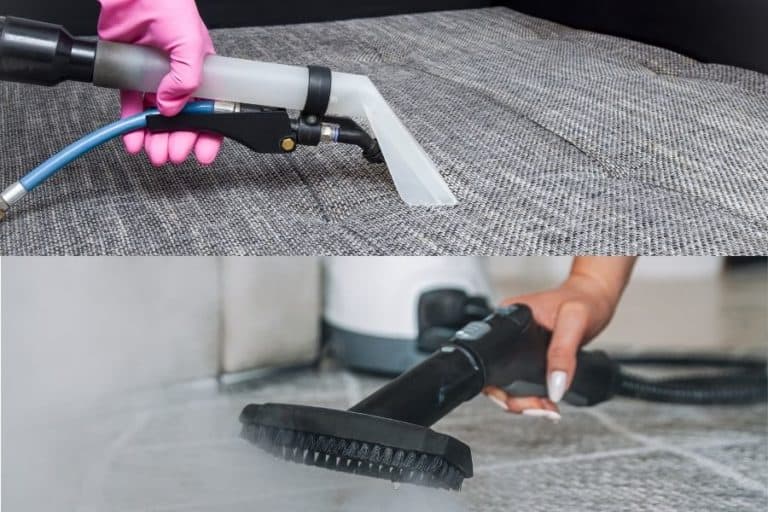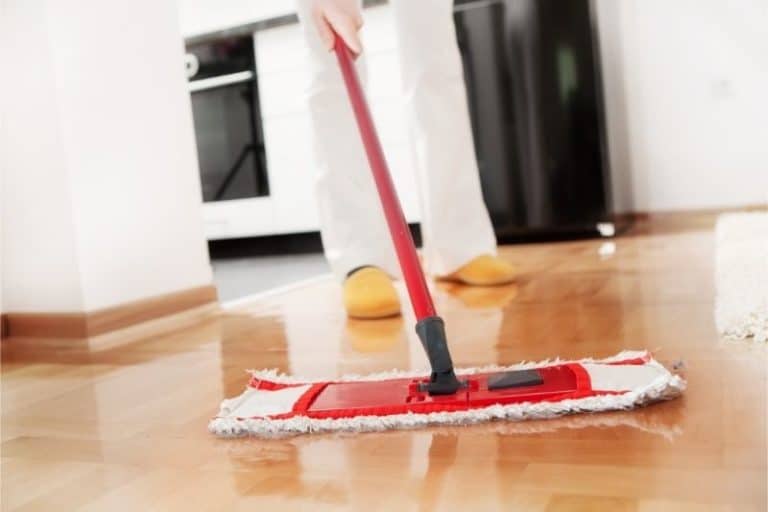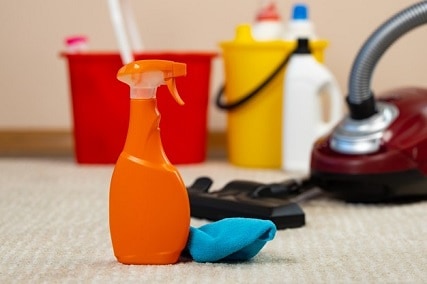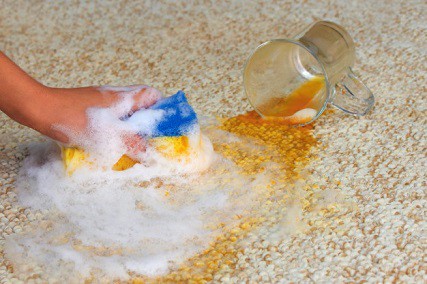Mold spots on ceiling and walls can be quite dirty to look at, let’s face it. Apart from that, though, mold can be quite harmful to your health, making it necessary to get rid of it as soon as possible. You can figure out this process through the following steps.
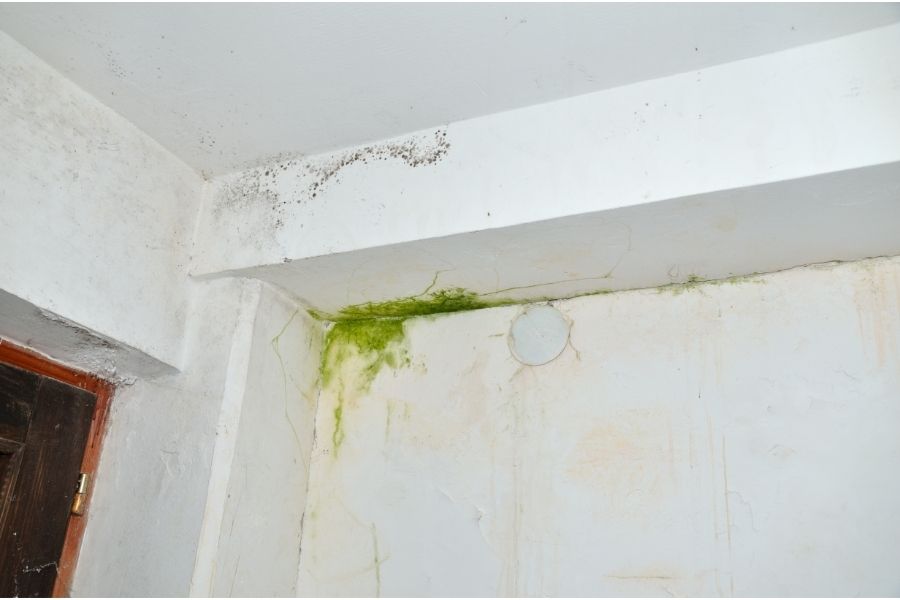
How to Get Rid of Mold Spots on Ceiling
If you have mold spots on your ceiling, it can be a bit tricky to deal with, but the following steps can be effective.
1. Find the Source
Water seepage into the basement is one of the main concerns for homeowners. Water will find its way into the basement through cracks in your basement walls or your foundation. Cracks in the foundation can form due to foundation settlement or sinking, which leads to wall cracks. Other times cracks are a result of water issues such as poor drainage.
As water gathers around your foundation, it builds up and causes pressure, which pushes against your walls and can cause damage. Foundation drainage collects the gathering water and carries it to a sump pit. Once it reaches the sump pit, water fills up and activates the sump pump, sending the water out of your home through discharge lines.
You will first need to figure out where the mold is exactly located on the ceiling as well as where it came from in the first place.
For instance, your room might be too dark and humid, there might be a leak somewhere above the ceiling, there might be insufficient ventilation in your room, there could be insulation issues or the room might simply be seeing a lot of moisture (more common in kitchens and bathrooms).
Once you find the source, make efforts to correct the issue to prevent mold from growing again.
2. Ensure Circulation and Ventilation
You must ensure proper circulation and ventilation in the room in which you find mold growth on the ceilings. A lack of this could be a likely cause of the mold growing in your room.
Even while you carry out the process of getting rid of the mold, you should open up your windows and use exhausts to let the air move out of the room. This can keep you safe and let some sunlight in as well.
3. Use a Ladder
Since the mold spots are on your ceiling, you will need to use a ladder to access the areas so that you can clean them up thoroughly. Make sure you figure out what the mold looks like on the ceiling so that you can figure out where to start cleaning.
You might also need to move the ladder around from one part of the ceiling to another in case there are lots of spots, so you might need someone to help you out.
4. Protect Yourself
Keep yourself protected while cleaning the mold as well. Mold is not merely unpleasant to look at but can also lead to a range of health issues such as breathing issues, lung infections, itchiness, wheezing, harmful allergic reactions, itchiness, redness and more.
Wear a mask, safety glasses, long-sleeved clothes and some gloves to keep yourself protected. Removing the mold on time can also prevent future health troubles.
5. Apply Cleaning Solution
You can either make your own cleaning solution or you can buy a commercial cleaner. For making it yourself, you can combine some warm water with options such as detergent, borax, bleach, hydrogen peroxide, tea tree oil or vinegar.
Pour the solution into a spray bottle and then spray it directly on the mold spots on the ceiling. Let it sit for a few minutes, after which you can clean it up with a cloth.
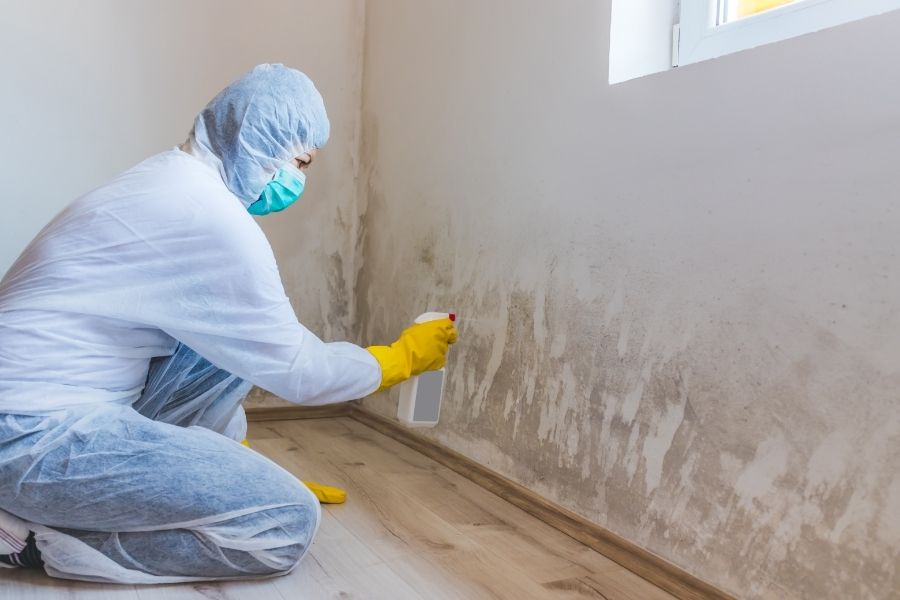
6. Scrub If Required
In case the cloth is not enough to get rid of the mold, you can use a scrub that has a rough end to clear out the mold on which you sprayed the cleaning solution.
Keep scrubbing until you get rid of all the spots, but make sure you keep cleaning the scrub in between as well otherwise your efforts might be counterproductive if the mold from the scrub ends up moving to the ceiling again.
7. Wait and Reapply
Once you have carried out the process once, you should repeat it once again to ensure that you get rid of the mold completely. Wait it out and reapply the solution to the mold spots on the ceiling.
Let the solution sit for a while and then use a scrub or cloth to clear it out once again. This should ideally get rid of all the mold spots from your ceiling.
8. Let It Dry
Once you are done with the cleaning process, you should give your ceiling some time to completely dry out to prevent any more mold from developing immediately. It will also transfer the moldy bacteria to the exterior of your house.
Open up your windows if they are closed. Turn your fans on and allow some sunlight to enter the room so that the ceiling dries fully.
9. Sand and Repaint
If the mold happens to eat up the paint from your ceiling and has left it blotchy and peeled, then it can help to use some sandpaper to clean up the spots and smoothen them out.
Following this, you can repaint those areas or even the entire ceiling to make it clean, fresh and healthy again. You might have to redo the entire ceiling in case the damage was large.
How to Remove Mold from Painted Walls
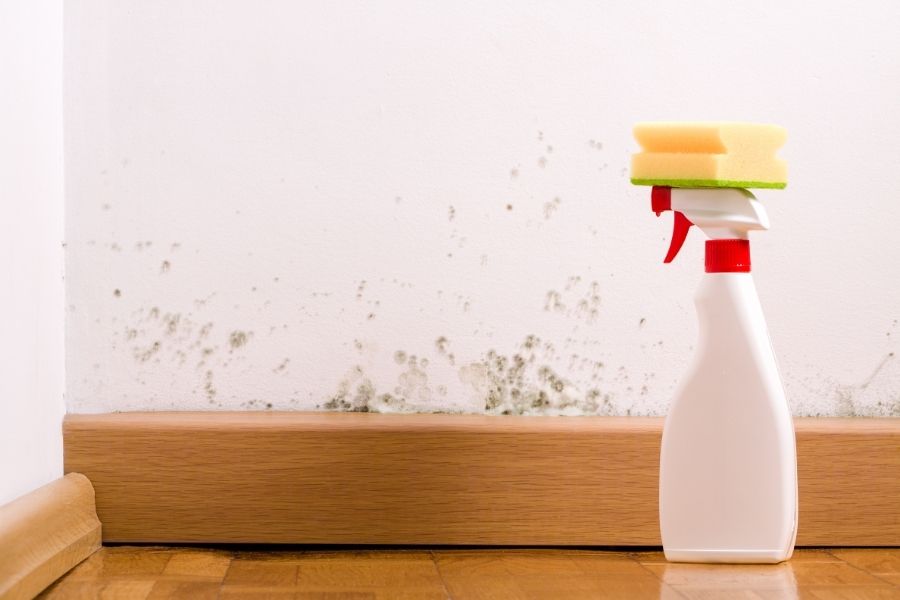
The following steps can prove to be useful for getting rid of mold from your painted walls.
1. Locate the Source
For your walls, you will need to figure out where the mold is coming from. Figure out its cause so that you can correct the issue and prevent it from growing again.
For instance, fix any leaks nearby, provide sufficient ventilation to the room, allow some natural light to fall into the room, reduce the humidity levels in the room, install exhaust fans and dehumidifiers or, essentially, carry out what you need to to get rid of the source.
2. Protect Yourself
Since mold can be quite unhealthy and dangerous for you in the short run as well as the long run in case of too much exposure, you must protect yourself by wearing safety equipment such as glasses, gloves, masks as well as full-sleeved clothing.
Removing the mold can also be a good way to protect yourself in the future.
3. Prepare the Area
You must make it a point to prepare the area around you or the room in which there are mold spots so that you can ensure that the mold does not spread to any other part of the room.
Clear out the furniture and other removable objects from the room or cover them up with plastic sheets secured with masking tape.
4. Prepare Cleaning Solution
You can now prepare the cleaning solution to get rid of the mold. You can use various substances for this including borax, bleach, detergents, vinegar, baking soda, tea tree or other essential oils, hydrogen peroxide.
Combine your choice with some warm water to dilute it. If you do not want to or cannot prepare this solution on your own, you can simply buy one from a store.
5. Spray Affected Area
Now that you have the cleaning solution ready, pour it into a spray bottle and spray it onto the affected part of the wall. Spray it onto all affected parts if there are multiple.
You might need to use a ladder to navigate your way to certain areas that are higher up or towards the ceiling.
6. Wait and Clean
After spraying the solution onto the regions, give it a few minutes to seep into the mold and break it down internally. This can ensure thoroughness so that nothing else remains on the wall.
Once some time has passed, take a clean cloth and clear out the solution from the region.
7. Scrub If Required
If the mold spots on your walls are tough to remove using a simple cloth, take a scrub and rub it around the spot so that it can clear out the mold completely. Make sure the scrub is clean whenever you move to a new spot.
If this does not work either, you might have to peel off the external parts of the wall to ensure that nothing remains behind.
8. Repeat If Required
It is possible that the first cleaning attempt might only remove certain mold spots. To ensure that you get rid of everything, repeat this entire process to be as thorough as possible.
Apply the cleaning solution, give it time to work its way through the mold and then scrub it off.
9. Dry It Out
This will essentially conclude the process of getting rid of the mold spots from the walls. Let the spots on the wall dry out fully by opening your windows, turning on ventilation and letting some light in so that all the dampness and bacteria clear out from the room, preventing them from spreading any further.
10. Sand, Prime and Repaint
You might need to sand certain parts of your wall to get rid of any marks left behind. Use sandpaper of the appropriate grit and then apply some primer to the wall if you need to repaint it entirely.
You can then repaint the wall or simply the parts of the wall that were affected.
Concluding Remarks
To sum up, getting rid of mold spots on ceilings and walls can seem like a long and hard process but is actually quite simple if you make the relevant preparations. Make sure you follow each of the aforementioned steps to make your ceilings and walls look brand new. Stay protected!

